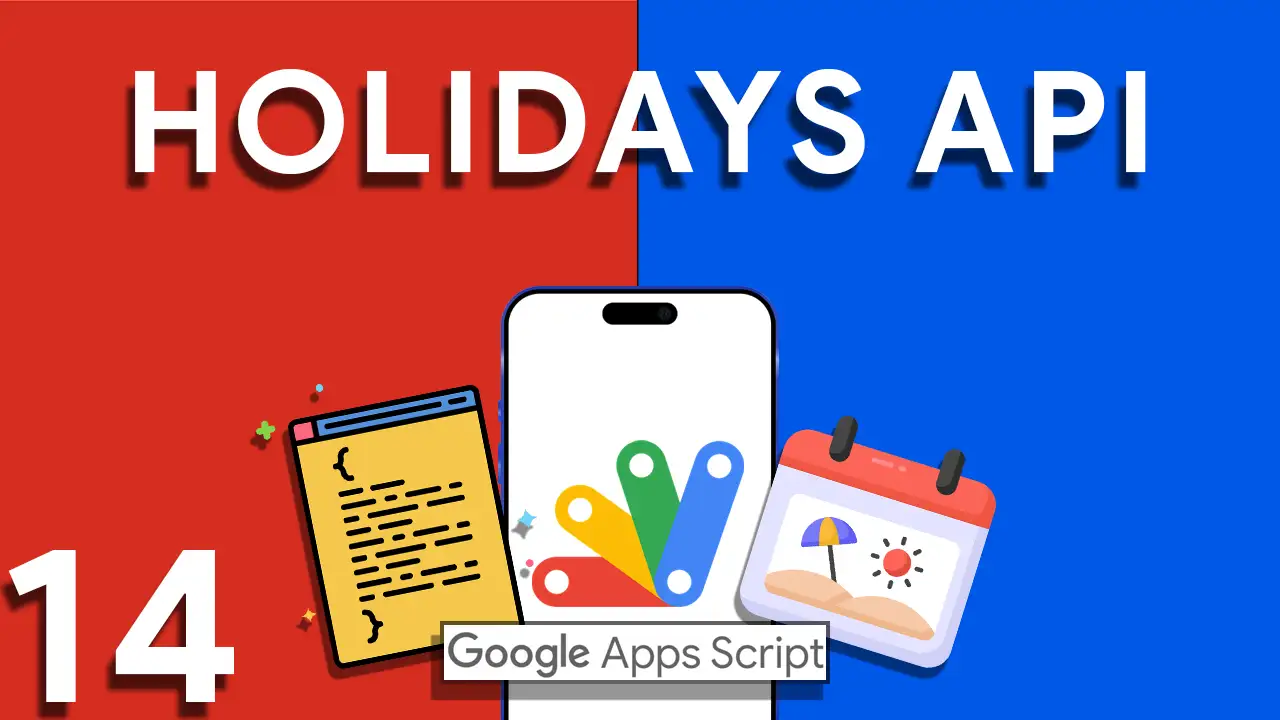Integrating messaging services into your AppSheet applications can significantly enhance user engagement and communication. Telegram, a popular messaging platform, offers a robust API for creating custom bots. In this comprehensive blog post, we’ll guide you through the process of setting up and using the Telegram API bot with BotFather in AppSheet, opening up new possibilities for interactive and real-time communication within your apps.
Connecting AppSheet with Telegram API Bot
AppSheet allows you to connect with external services and APIs, making it possible to send messages, notifications, and updates via Telegram using a custom bot. Here’s the formula to access the Telegram API:
https://api.telegram.org/bot(BOTFATHER ID AND TOKEN)/sendMessage
Formula Breakdown:
BOTFATHER ID AND TOKEN: This should be replaced with the unique ID and token obtained from the Telegram BotFather when you create your custom bot.
Step 1: Create a Custom Bot on Telegram
- Open Telegram and search for the “BotFather” user.
- Start a chat with BotFather and use the
/newbotcommand to create a new bot. - Follow the prompts to choose a name and username for your bot. Once created, BotFather will provide you with a unique bot token. Note this token down as you’ll need it later.
Step 2: Define Your AppSheet Use Case
- Determine how you want to utilize the Telegram API bot in your AppSheet application. This could include sending notifications, updates, alerts, or receiving user inputs.
Step 3: Configure the API Bot in AppSheet
- In the AppSheet app editor, navigate to the “Data” section and select the table or data source where you want to trigger Telegram messages.
- Create a virtual column with an appropriate name, such as “Telegram API Bot.”
- Use the formula provided earlier, replacing
(BOTFATHER ID AND TOKEN)with the actual bot ID and token obtained from BotFather.
Step 4: Implement Telegram Bot Messaging
- In your app views, add actions or workflow rules that trigger the virtual column with the Telegram API formula when specific events occur.
- Customize the message content and recipient based on your app’s requirements.
Step 5: Test and Monitor
- Preview your app and test the Telegram bot messaging functionality. Verify that messages are sent correctly based on your app’s logic.
- Monitor the communication between your app and Telegram to ensure that notifications and messages are delivered as expected.







